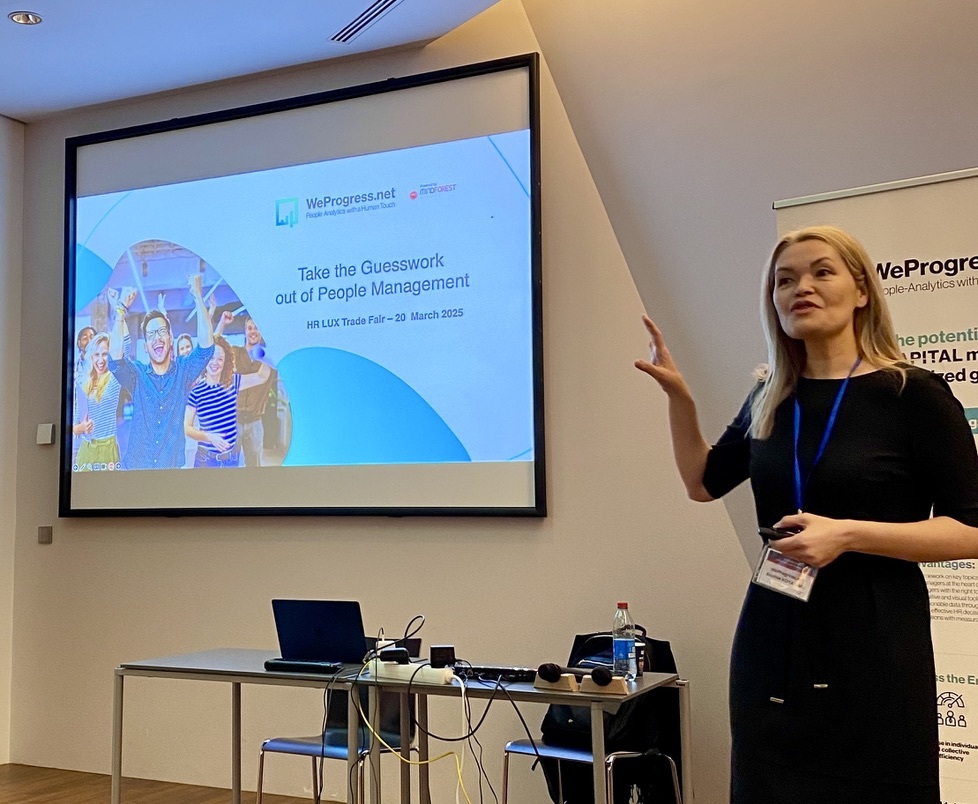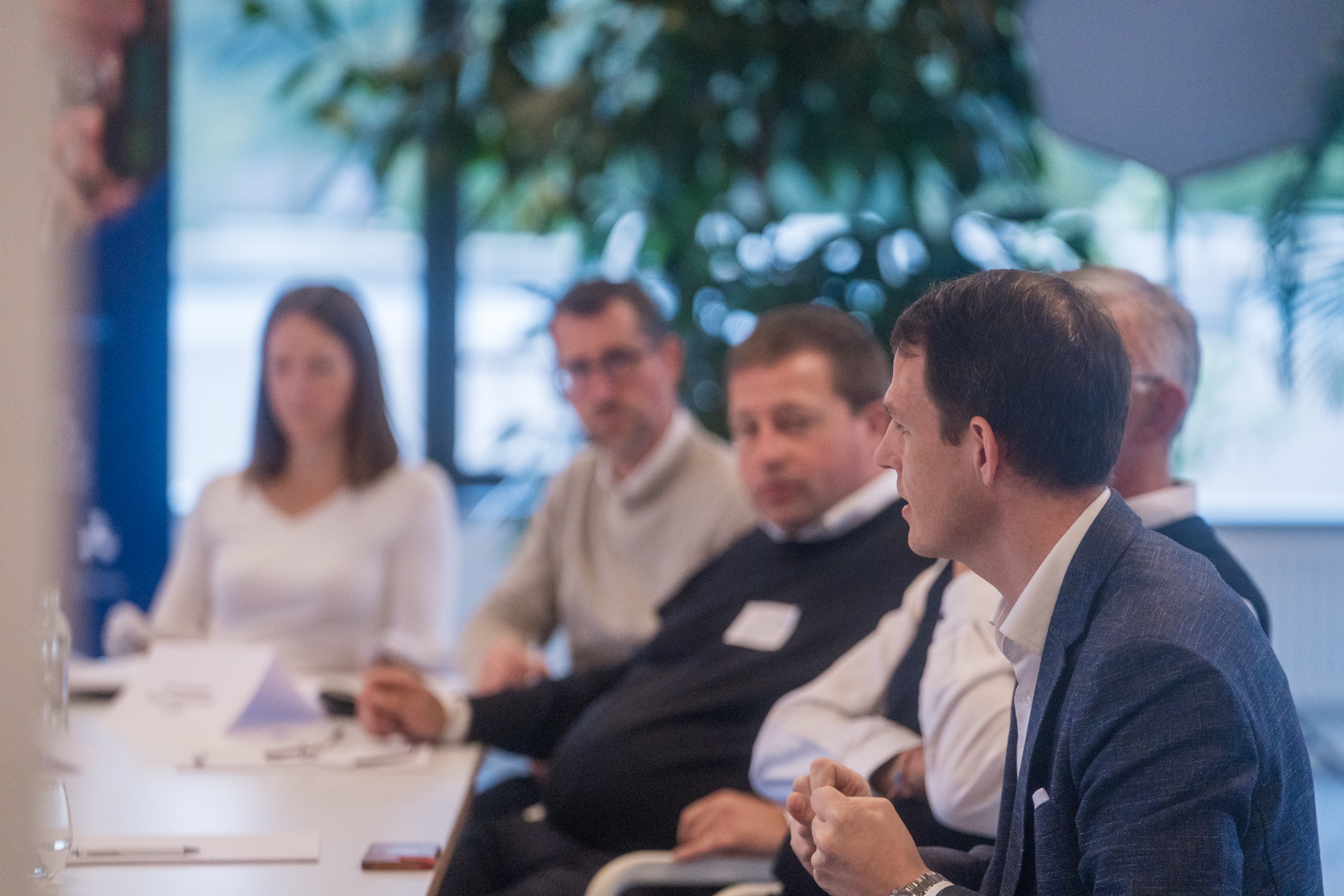Move – Why should you be supported?
Creative teams who can’t hang anything on the walls in the new offices because the walls are microperforated, lawyers in the middle of an open space they share with salespeople who are always on the phone, beautiful collaborative spaces in management teams who use fixed computers,…
If you want to avoid these kinds of anomalies? Get help!
A move is a business project! Whether you‘re constructing a new building for your teams or moving into an existing space, it’s quite a change! Don’t think that just because you have a brand new office, it will be enough to motivate the staff!
A move is a source of anxiety for and raises a lot of questions among employees. Will I still have my parking space? Since I don’t have a car, can I still come by train? Will I still have my office? Will I still be near a radiator? How will I get my kids to school, now I work on the other side of the city?
Many questions that if left unanswered can lead to employee demotivation, disengagement or even resignation.
Some mistakes to avoid:
1. NOT INVOLVING EMPLOYEES IN THE DEFINITION OF NEEDS
Employees are in the best position to define their needs, they are the ones who work in the field every day. It is therefore important to take their opinions into consideration. Talk to them, ask them if they have specific needs in their department. I have seen architects make plans without even visiting the old building and without talking to the employees. Only by going to the field and organising structuring workshops will you succeed in making a space that corresponds to the way your teams work, that will support their productivity but also their motivation.
2. NOT COMMUNICATING EARLY ENOUGH
Even if your project is a construction project and the move is months or even years away, communicate with your employees.
Even if you think there is nothing to communicate, do it! Communicate on the reason for the move, on your thoughts, on your work in progress,… Your employees will be reassured to know that you are working on themes of their daily life.
3. GETTING STARTED TOO LATE
Better late than never, you might say, but I have seen organisations communicate with their employees a month before the move. The employees didn’t even know the address of their new building!
The earlier you start, the more you will be able to think and work on optimising your procedures and the better you will be able to prepare your employees not only for their future place of work, but also of life.
4. THINKING THAT THE DAY OF THE MOVE MARKS THE END OF THE PROJECT
After the move, your employees will need a few days, weeks or months to adapt to their new environment. It is important to continue to accompany them. During the first few days, you will need to answer their more technical questions (how do I turn up the heating?) and then later, get their feedback on the new space. Sometimes minor adjustments can greatly improve employee satisfaction.
5. NOT WORKING ON THE CULTURE ALTHOUGH YOU WANT TO CHANGE THE WAY YOU WORK
Way too often, management thinks that by changing the organisation of spaces, the way they work will follow. Just because you plan beautiful collaborative spaces doesn’t mean that silos (if they exist) will fall, that information sharing will be improved or that your teams will become highly innovative.
If you want to take advantage of the move to change the company culture, accompany your employees in this transformation.
It can’t be said often enough that a vision is important in any project, even in a move.
« Change is a vision; vision drives action and action drives results. »
Is the move part of your strategy to anchor a renewal (new strategy, new culture, new ways of working, new procedures,…)? What is the ambition of this move? What do you want to achieve/anchor with this move?
It is important that employees understand why you are moving and what will be expected of them in the future building.
As mentioned above, don’t hesitate to start communicating at the beginning of the project, but even more importantly, communicate regularly on the progress of the moving project:
- Why are we moving?
- Why did you choose this place rather than another?
- What are the ambitions of the move?
- Who should you contact with questions?
The characteristics of the new building, the new procedures, the technical specifics, …There is no shortage of topics. The closer you get to the move, the greater the need to communicate with your employees. For example, you can introduce the 5 minutes for moving in team meetings. Bear in mind that managerial communication is as important as corporate communication and it has the advantage of being bilateral. Your employees will be able to bring up their questions/fears about the move.
Involve employees in your thinking. Let them find solutions that work for them. You will be surprised, your employees can be creative and will think of alternatives that you may not have even considered. You can involve them at several levels: needs analysis, space planning, improvement/implementation of procedures, organisation in the building,… As in any change project, the more you involve your employees, the more they will support the project.
A good practice is to create a network of move amabassadors. This network can be composed of one person in each department. This person will create the link between the project manager and the employees. Through this network, you will be able to collect the specificities of each department, share information with the employees, co-create solutions to certain issues. They can also be on hand on the day of the move to reassure the employees by having a contact person they can count on in case of any questions or unforeseen events (and it also helps you as your project manager will not be the only contact, (s)he will already have a lot to do!).
Let us help you
WANT TO RECEIVE OUR LATEST THOUGHT LEADERSHIP CONTENT?
Related posts
 Take the Guesswork out of People Management
Take the Guesswork out of People Management
 From processes to people: achieving quality
From processes to people: achieving quality
 Daring to lead Positive Transformation: What if Positive Emotional Capital was your key to sustainable change?
Daring to lead Positive Transformation: What if Positive Emotional Capital was your key to sustainable change?
 Why hire Change management professionals? We can do it alone!
Why hire Change management professionals? We can do it alone!
 Digital Transformation and Change Management: Lessons shared in an event hosted by Cebi and MindForest
Digital Transformation and Change Management: Lessons shared in an event hosted by Cebi and MindForest



